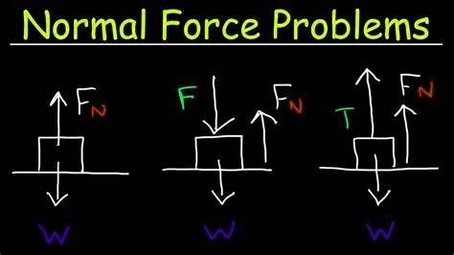
An inclined plane is a simple machine that consists of a sloping surface, used for raising or lowering objects. The force required to move an object up or down the incline is less than the weight of the object, as long as the friction between the object and the surface is negligible. The force acting on an object on an inclined plane can be decomposed into two components: one parallel to the plane and one perpendicular to the plane. The parallel component is responsible for the acceleration or deceleration of the object, while the perpendicular component is balanced by the normal force exerted by the plane.
To analyze the motion of an object on an inclined plane, we can use Newton’s second law and some trigonometry. Suppose the angle of the incline is $theta$, the mass of the object is $m$, the coefficient of friction between the object and the plane is $mu$, and the acceleration of the object is $a$. Then, we can write the following equations for the forces along the parallel and perpendicular directions:
$$F_{parallel} = mgsintheta – f = ma$$
$$F_{perp} = mgcostheta – N = 0$$
where $f$ is the frictional force and $N$ is the normal force. Depending on whether the object is at rest or in motion, the frictional force can be either static or kinetic. The maximum static friction is given by $f_s = mu_s N$, where $mu_s$ is the coefficient of static friction. The kinetic friction is given by $f_k = mu_k N$, where $mu_k$ is the coefficient of kinetic friction. Usually, $mu_s > mu_k$, which means that it is harder to start moving an object than to keep it moving.
If the object is at rest, then the static friction must balance the parallel component of the weight, so we have:
$$mgsintheta – f_s = 0$$
$$f_s = mu_s N = mu_s mgcostheta$$
This implies that the object will remain at rest as long as the angle of the incline is less than a critical angle $theta_c$, given by:
$$theta_c = tan
